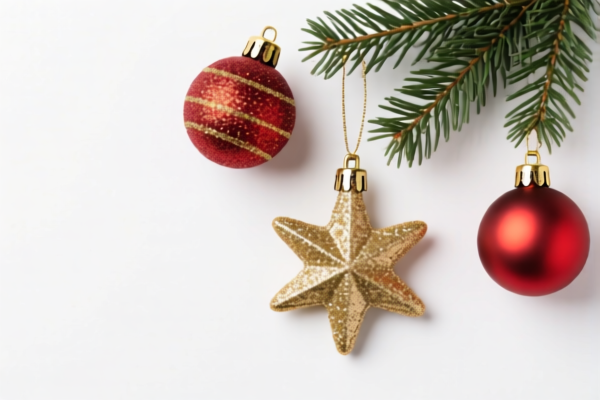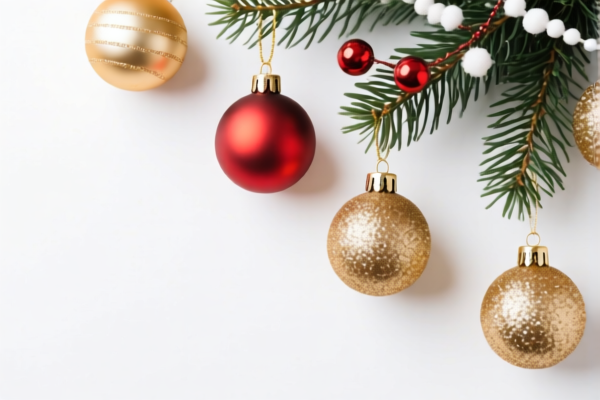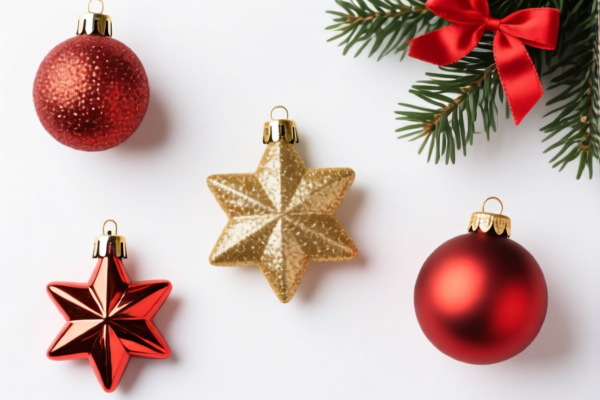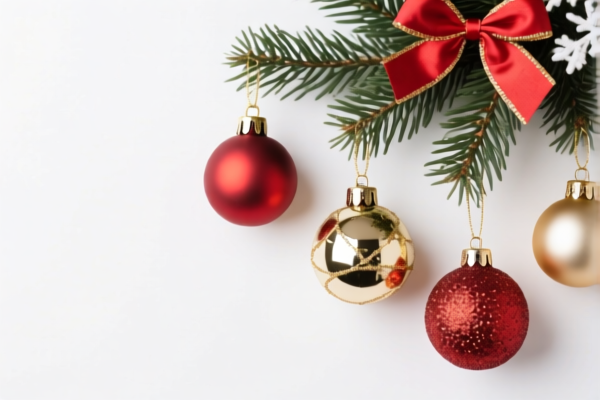| HS Code | Official Doc | Tariff Rate | Origin | Destination | Effective Date |
|---|---|---|---|---|---|
| 9505906000 | Doc | 30.0% | CN | US | 2025-05-12 |
| 9505902000 | Doc | 30.0% | CN | US | 2025-05-12 |
| 9503000090 | Doc | 30.0% | CN | US | 2025-05-12 |
| 3923900080 | Doc | 58.0% | CN | US | 2025-05-12 |
| 4823901000 | Doc | 55.0% | CN | US | 2025-05-12 |
| 4823902000 | Doc | 55.0% | CN | US | 2025-05-12 |
| 4819600000 | Doc | 55.0% | CN | US | 2025-05-12 |
| 6702102000 | Doc | 38.4% | CN | US | 2025-05-12 |
| 6702906500 | Doc | 54.5% | CN | US | 2025-05-12 |
| 6701003000 | Doc | 59.7% | CN | US | 2025-05-12 |
| 6701006000 | Doc | 59.7% | CN | US | 2025-05-12 |




Halloween Decoration
Halloween decorations are items used to adorn homes, businesses, and public spaces for the observance of Halloween. These decorations typically reflect themes associated with the holiday, including ghosts, ghouls, skeletons, witches, pumpkins, and the supernatural.
Materials
A wide variety of materials are employed in the creation of Halloween decorations, ranging from inexpensive and disposable options to durable and reusable items. Common materials include:
- Plastic: Frequently used for masks, props, and outdoor decorations due to its affordability and weather resistance.
- Foam: Used for crafting lightweight props, headstones, and decorative shapes.
- Fabric: Employed for creating costumes, hanging ghosts, spiderwebs, and tablecloths. Common fabrics include burlap, cheesecloth, and polyester.
- Paper & Cardboard: Used for crafting, creating silhouettes, and making lanterns.
- Wood: Used for creating more substantial props, signs, and yard decorations.
- Metal: Used for creating durable yard stakes, lanterns, and decorative accents.
- Electronics: Increasingly common, incorporating lights (LEDs, blacklights), sound effects, and motion sensors.
- Natural Materials: Pumpkins, gourds, corn stalks, hay bales, and branches are often used for rustic or natural themes.
Purpose
The primary purpose of Halloween decorations is to create a festive and spooky atmosphere appropriate for trick-or-treating, parties, and general celebration of the holiday. Decorations contribute to the overall aesthetic and can range from playfully whimsical to genuinely frightening. They are intended to evoke a sense of fun, mystery, and the supernatural.
Function
Halloween decorations serve several functions:
- Aesthetic Enhancement: Transform spaces to reflect the Halloween theme.
- Atmosphere Creation: Generate a spooky, eerie, or festive mood.
- Signaling Participation: Indicate a home or business is welcoming trick-or-treaters.
- Entertainment: Provide visual interest and amusement.
- Thematic Storytelling: Some decorations are designed to create a narrative or scene.
Usage Scenarios
Halloween decorations are used in a variety of settings:
- Residential: Homes, yards, porches, and interiors.
- Commercial: Businesses, retail stores, restaurants, and event venues.
- Public Spaces: Parks, community centers, and streets.
- Parties: Halloween-themed gatherings and events.
- Haunted Attractions: Professional haunted houses and attractions.
Common Types
A diverse range of Halloween decorations are available, categorized by theme and function:
- Outdoor Decorations:
- Yard Inflatables: Large, air-filled figures (ghosts, pumpkins, witches).
- Lawn Decorations: Tombstones, skeletons, ghosts, spiders, and other figures placed in yards.
- Lighting: String lights, spotlights, pathway lights, and projected images.
- Fog Machines: Create a spooky atmosphere with artificial fog.
- Indoor Decorations:
- Hanging Decorations: Ghosts, bats, spiders, cobwebs.
- Table Decorations: Tablecloths, centerpieces, candles, figurines.
- Wall Decorations: Silhouettes, posters, banners.
- Props: Skeletons, skulls, cauldrons, potion bottles.
- Animatronics: Motion-activated figures that move and make sounds.
- Projectors: Display images or animations on walls or surfaces.
- Pumpkin Carving/Painting: A traditional activity resulting in decorative pumpkins.
- Themed Decorations: Specific themes like haunted houses, graveyards, witches' lairs, or monster mashes.
Halloween decorations encompass a variety of items, typically used for festive purposes during the Halloween season. These can include carnival articles, magic tricks, practical jokes, and various ornamental items.
The following HS codes are relevant, based on the provided information:
- 9505906000: This HS code falls under Chapter 95, which covers festive, carnival, or other entertainment articles. Specifically, it covers "Other" articles within this category, including parts and accessories. This could apply to a broad range of Halloween decorations not specifically listed elsewhere. The total tax rate is 30.0%.
- 9505902000: Also within Chapter 95, this code specifically covers "Magic tricks and practical joke articles; parts and accessories thereof." If the Halloween decorations include items designed for pranks or illusions, this code is applicable. The total tax rate is 30.0%.
- 6702102000: This HS code (Chapter 67) covers artificial flowers, foliage, and fruit made of plastics, assembled by binding with flexible materials such as wire, paper, textile materials, or foil, or by gluing or by similar methods. This could apply to plastic Halloween decorations like artificial pumpkins or flowers. The total tax rate is 38.4%.
- 6702906500: This HS code (Chapter 67) covers artificial flowers, foliage, and fruit made of other materials. If the Halloween decorations are made of materials other than plastics, this code may be relevant. The total tax rate is 54.5%.
Please note that the correct HS code depends on the specific materials and function of the Halloween decorations. If the decorations include parts or accessories, HS codes 9505906000 or 9505902000 may be applicable.
Customer Reviews
Very clear explanation of the 5% tariff rate for plastic doors. Perfect for someone new to international trade.
I needed to know the correct HS Code for exporting plastic doors, and this page had the right information. Could use a bit more context on why the code is assigned that way.
This page saved me hours of research. The HS Code and tariff info for plastic builder’s doors is well-organized and easy to follow.
The details on the 5% tariff rate for plastic doors were spot-on. A bit technical, but accurate.
I was looking for HS Code info for exporting to the US and found exactly what I needed here. Super helpful!